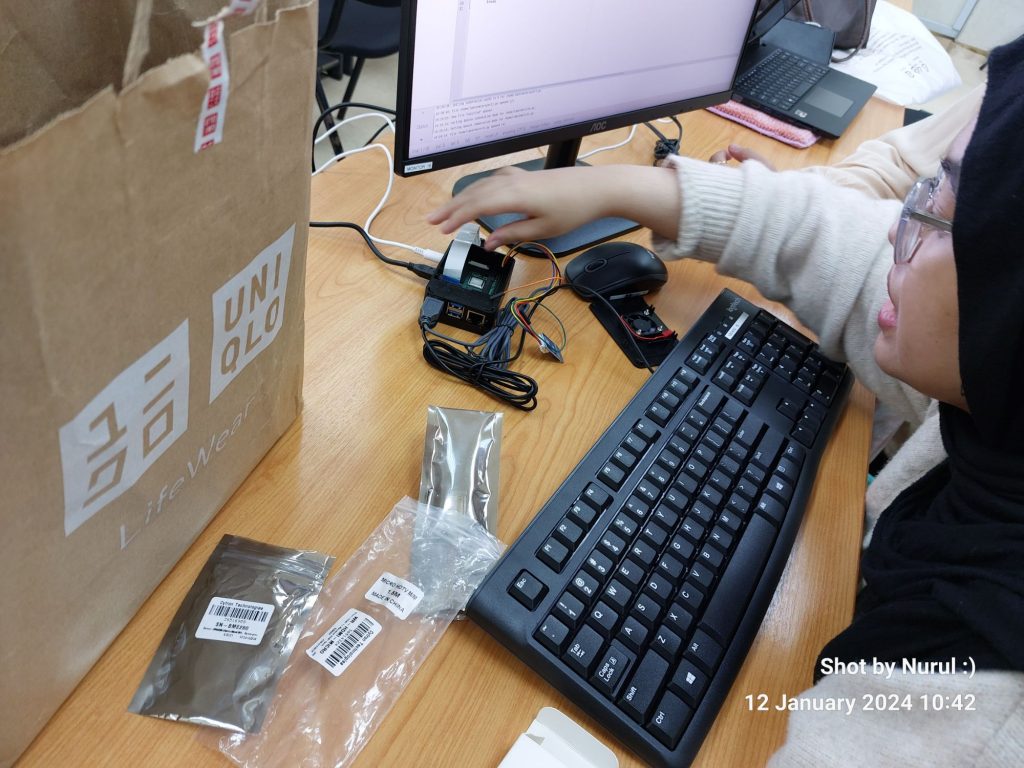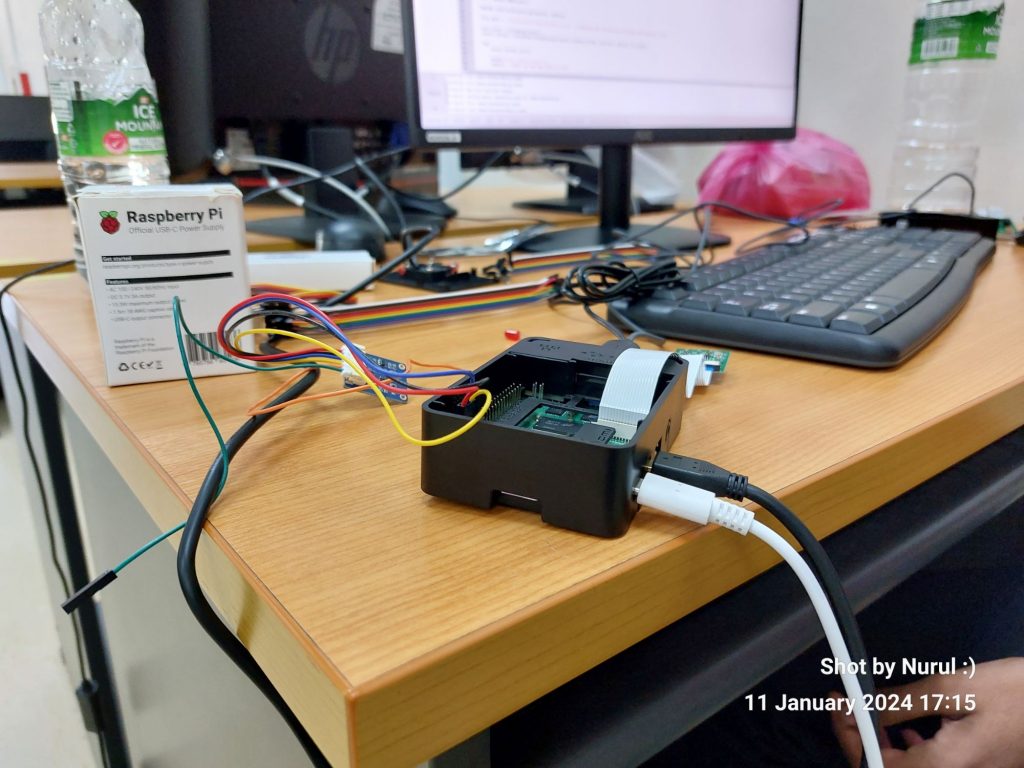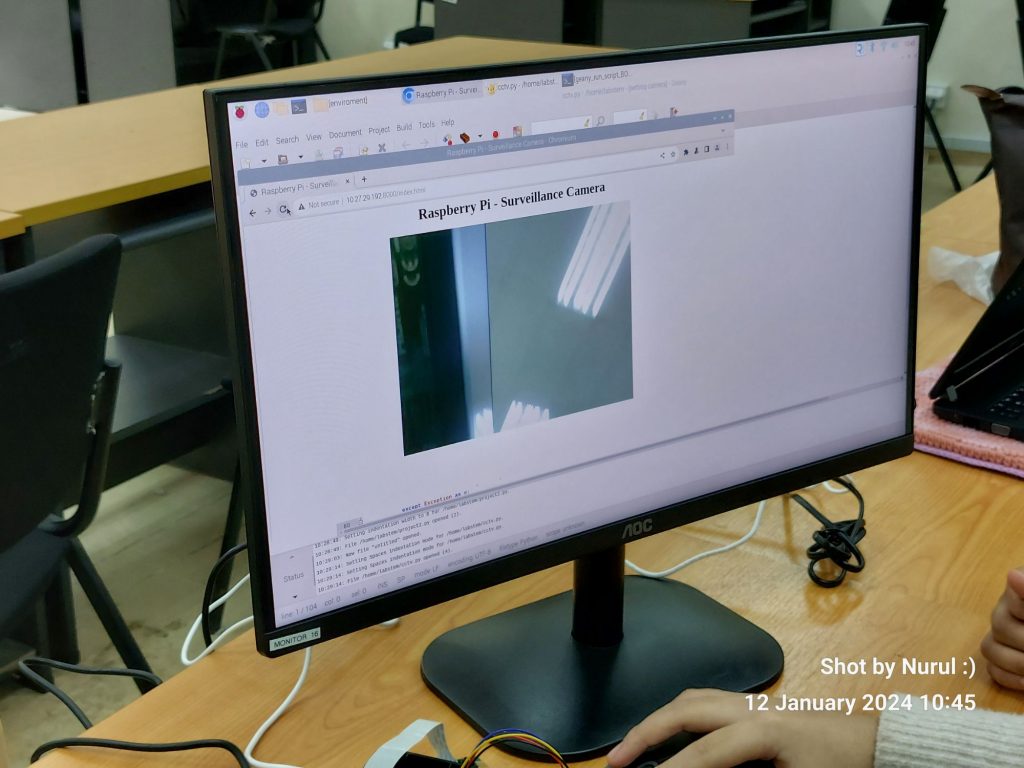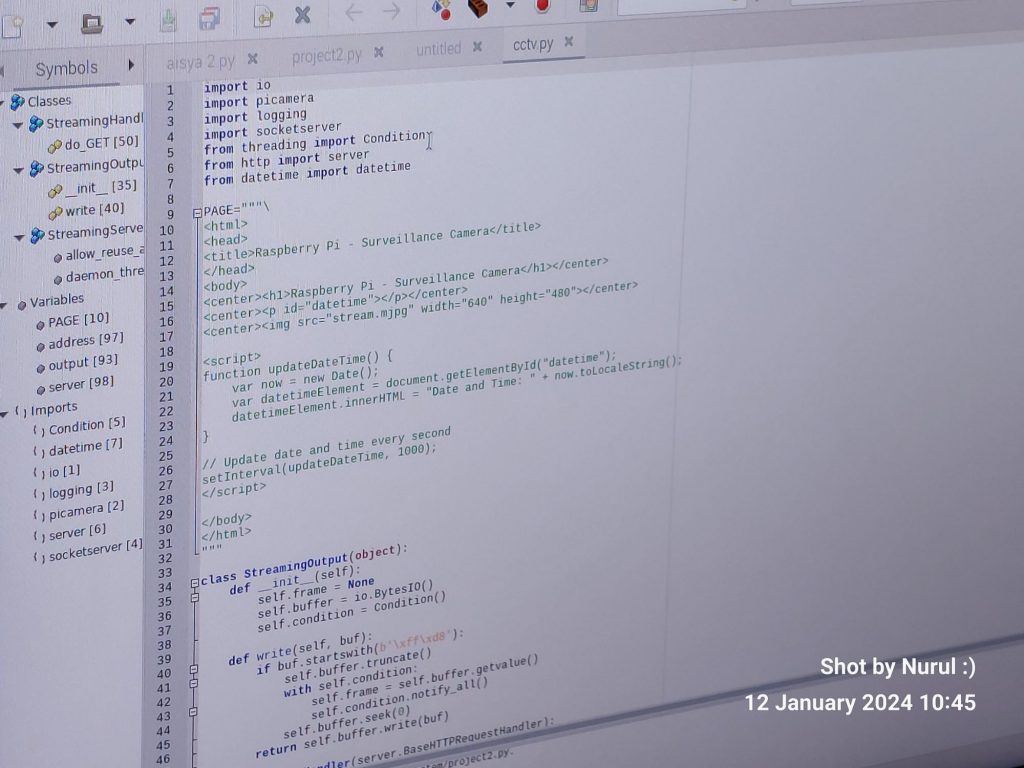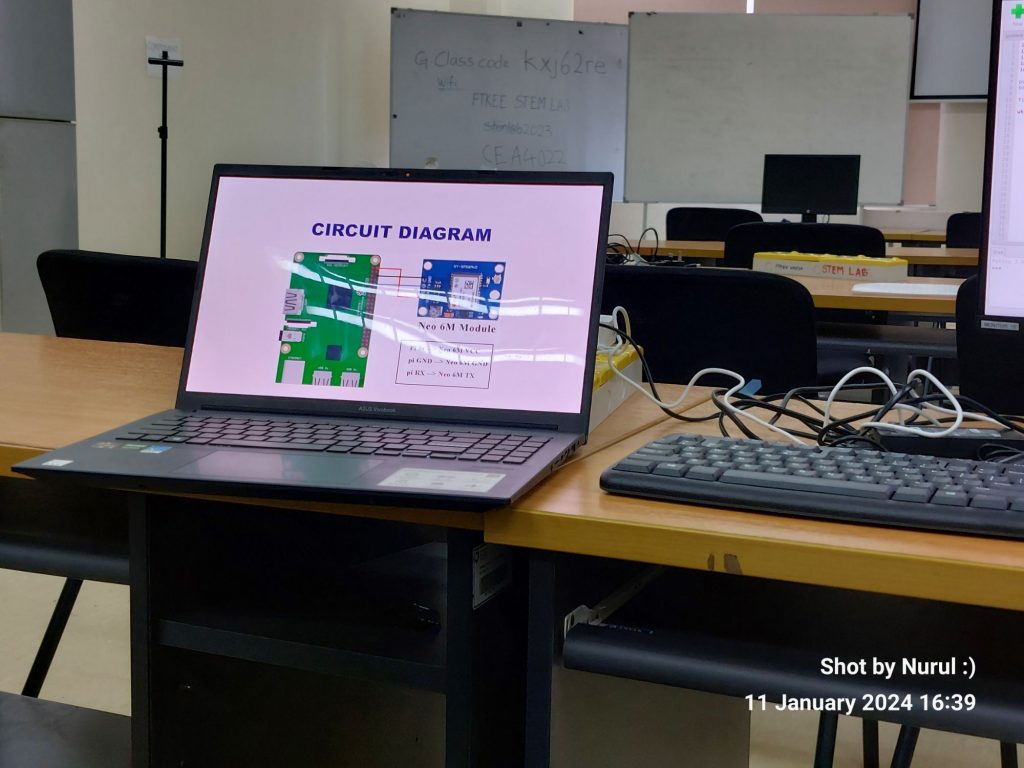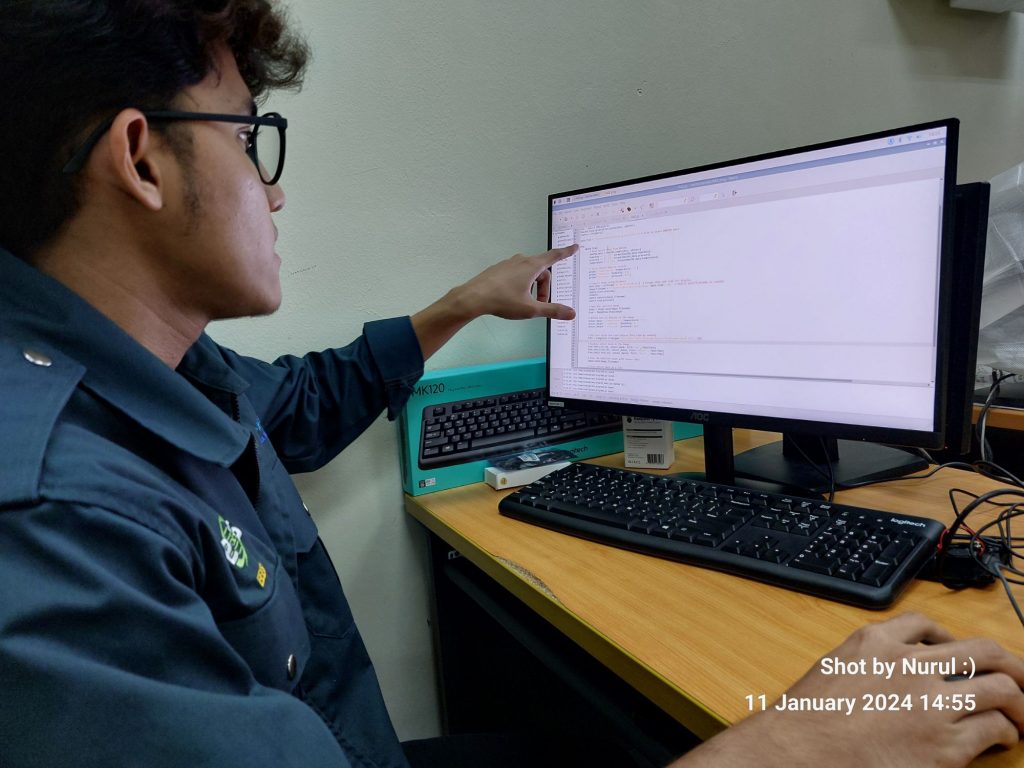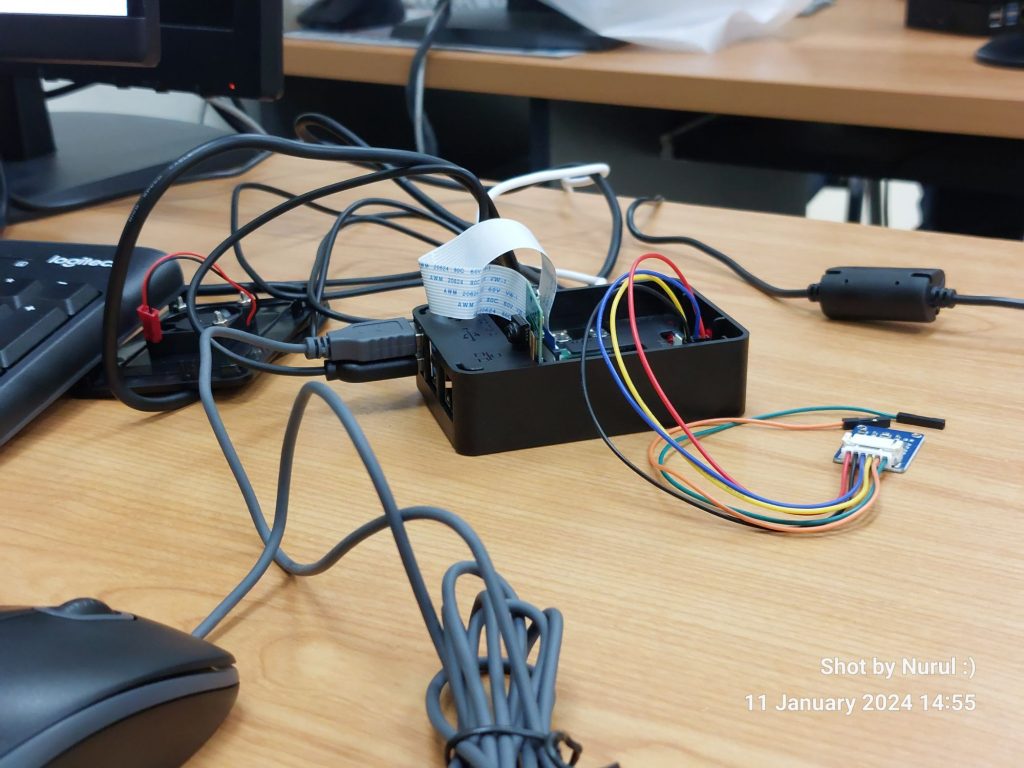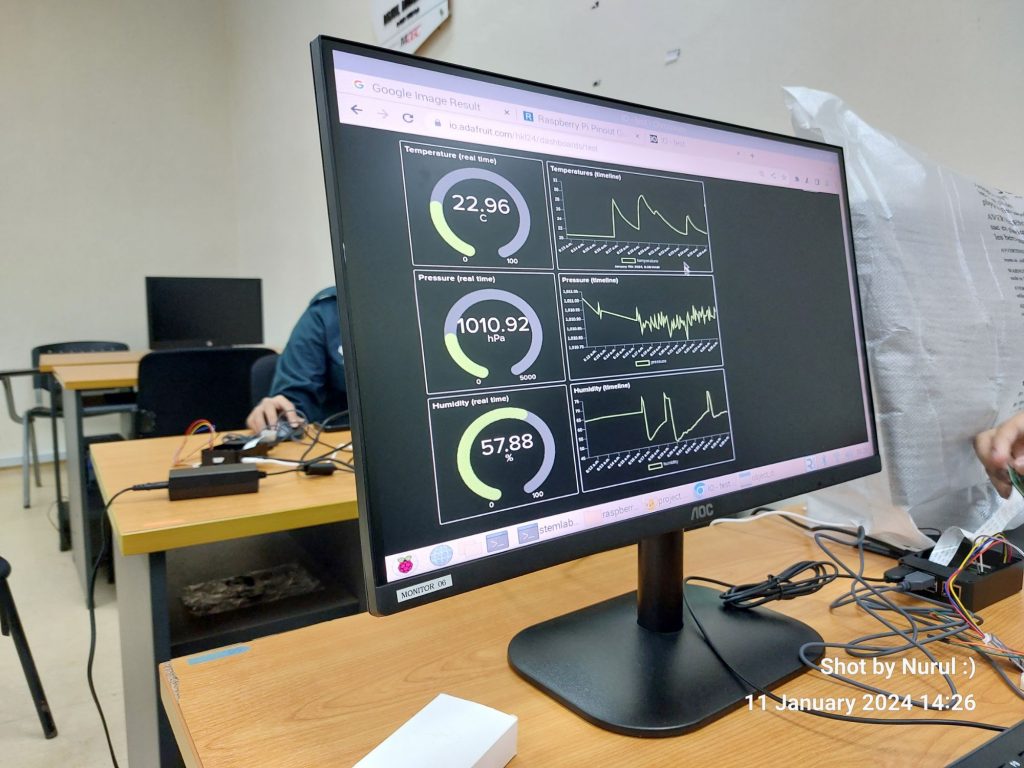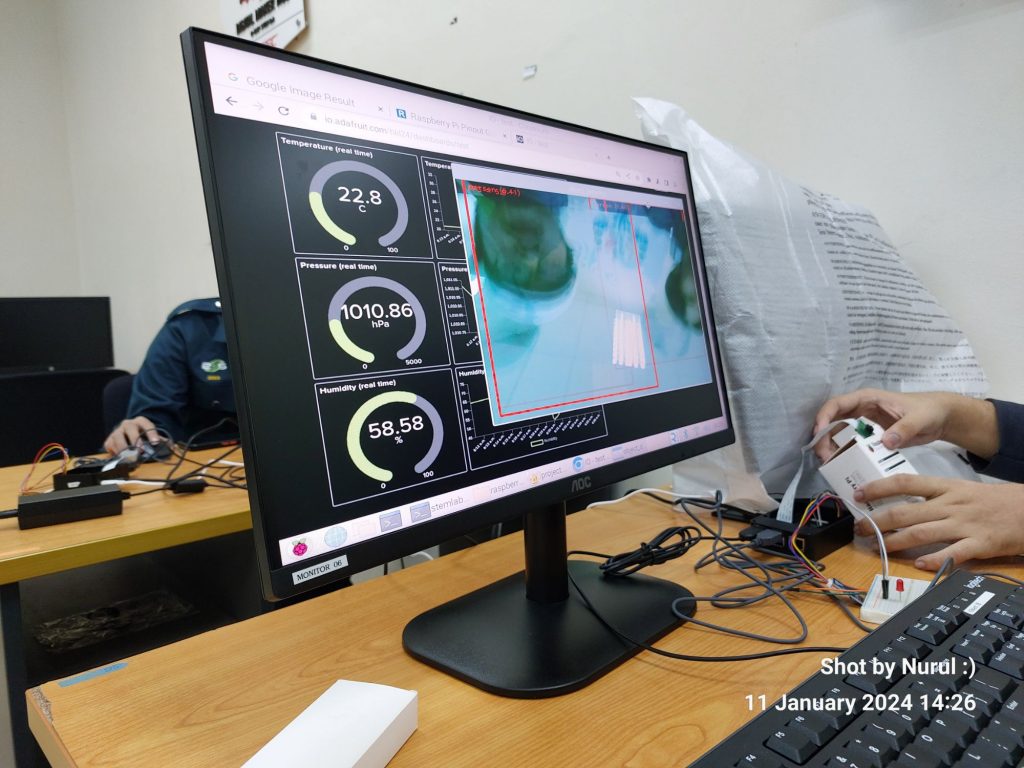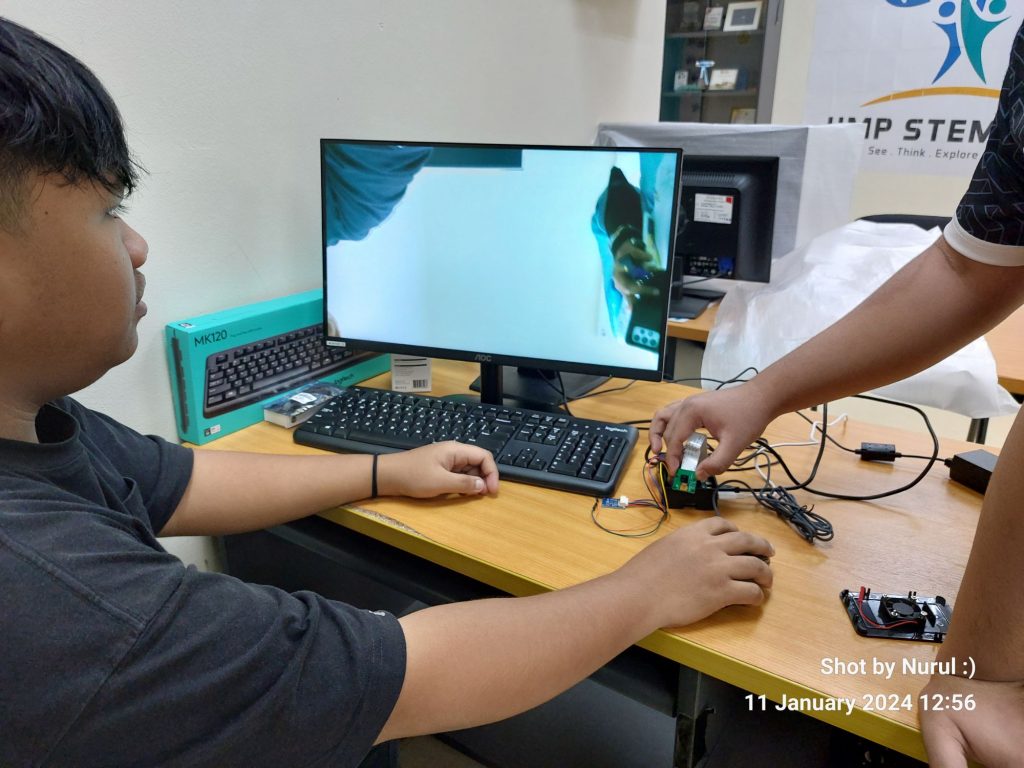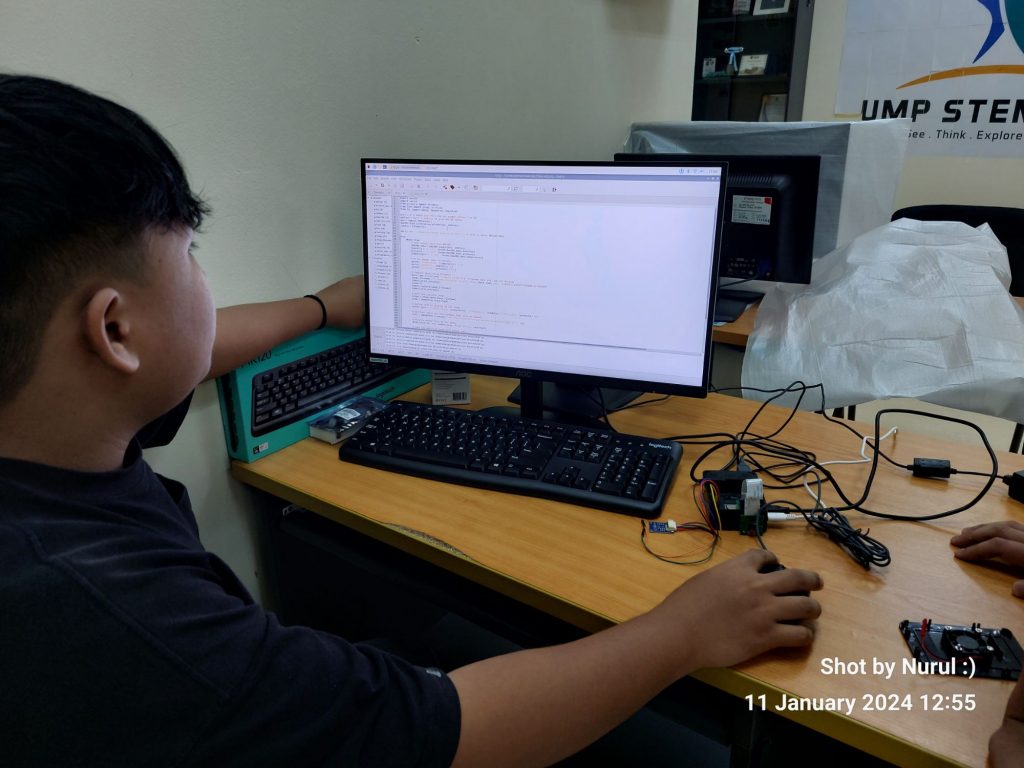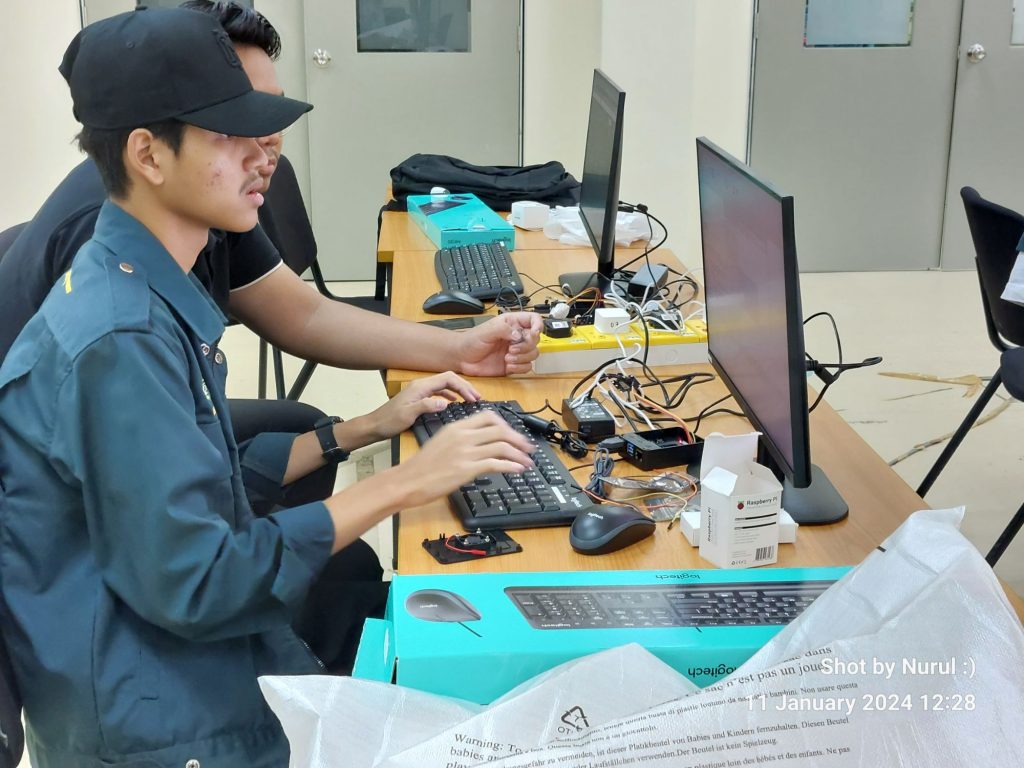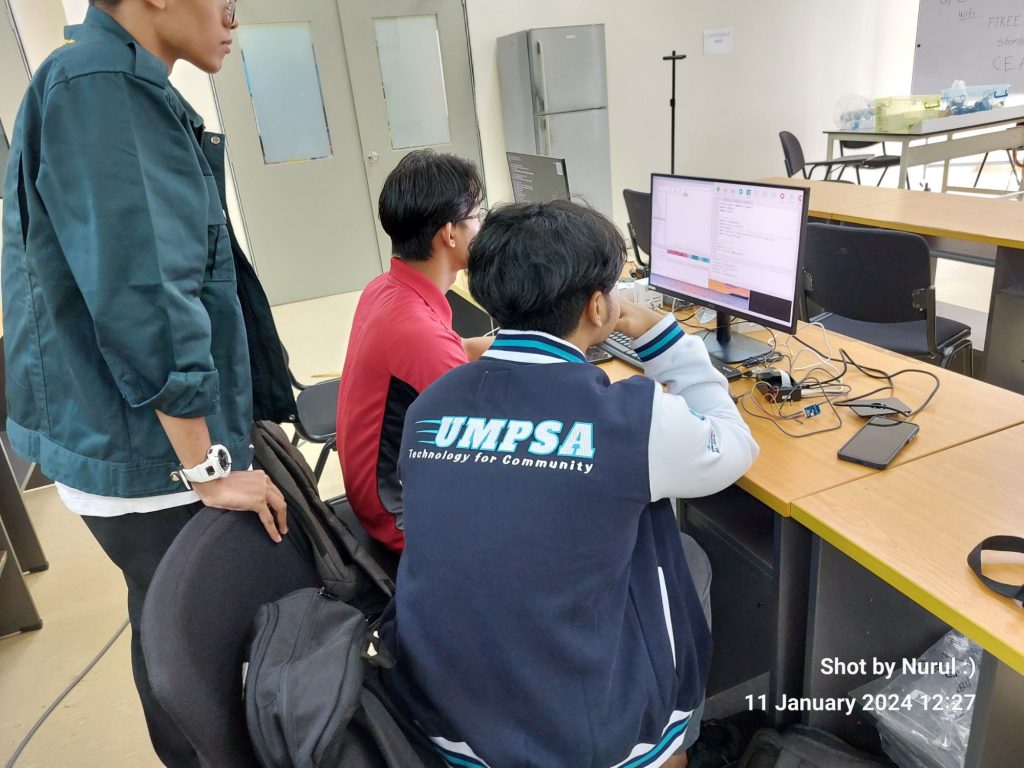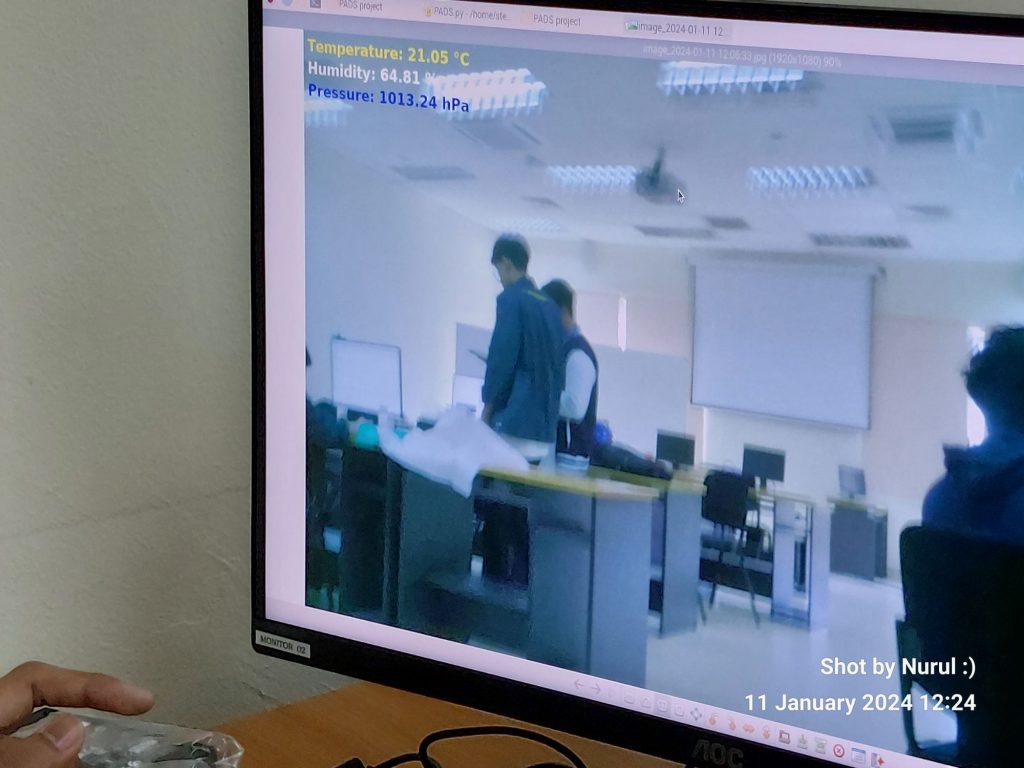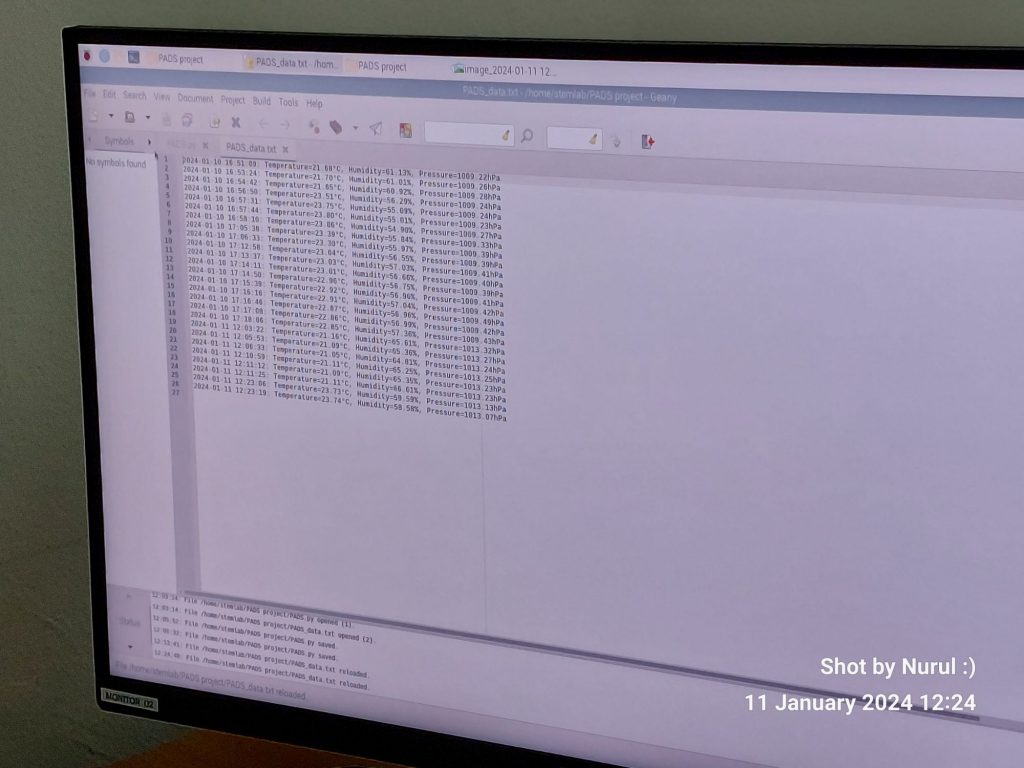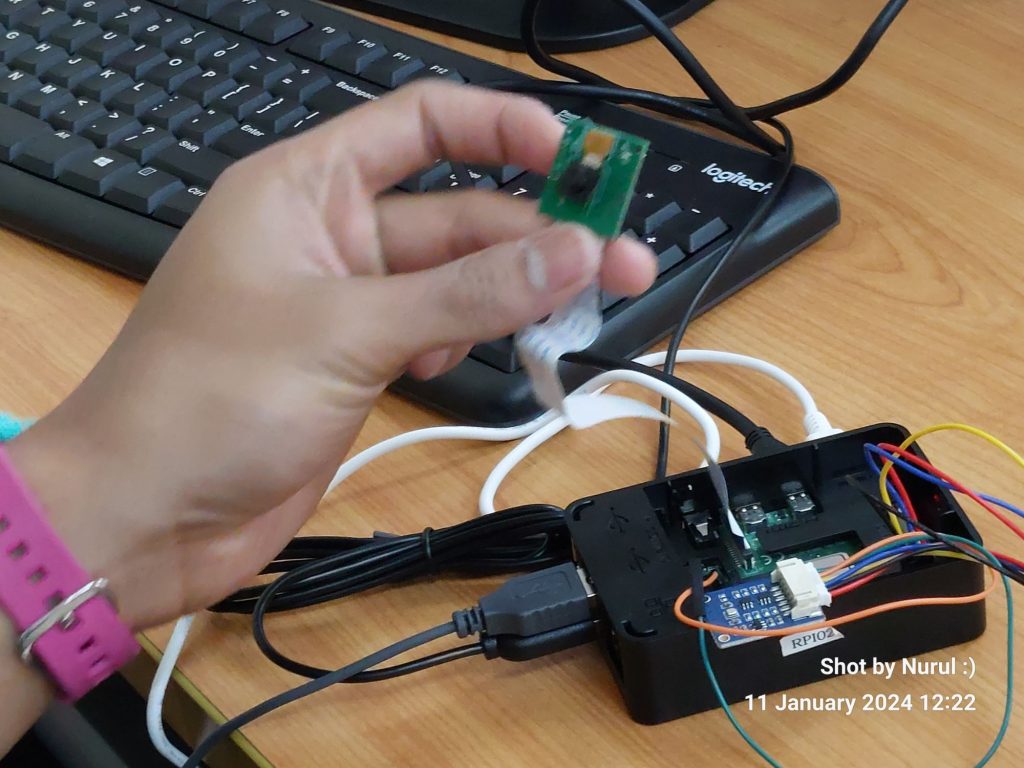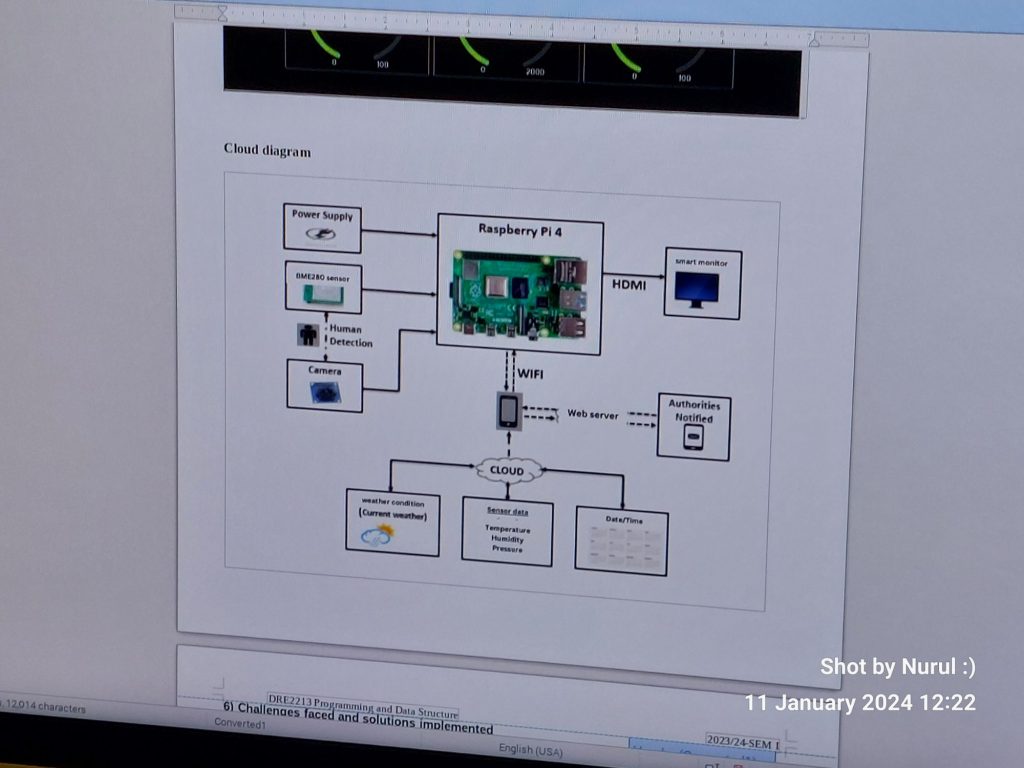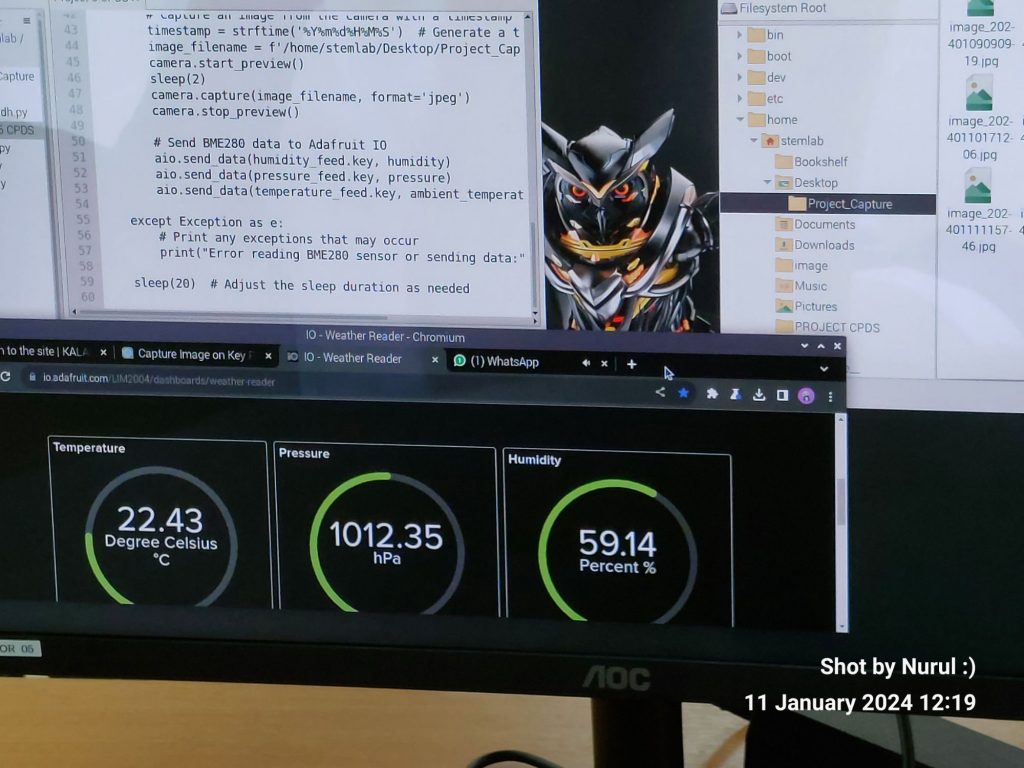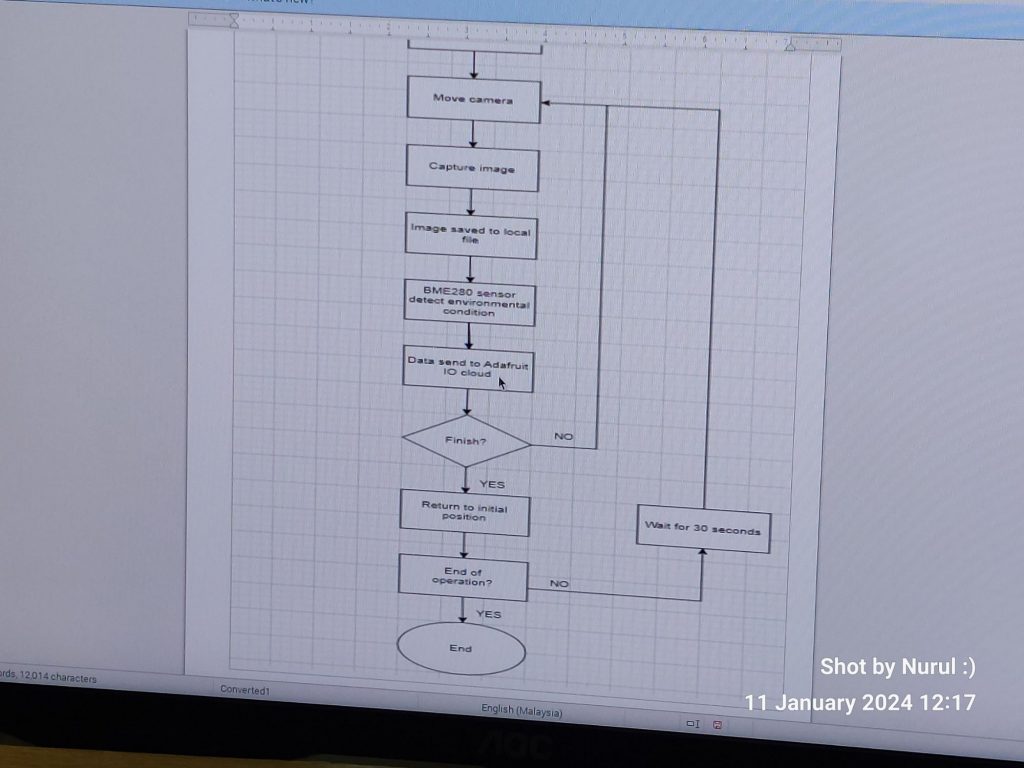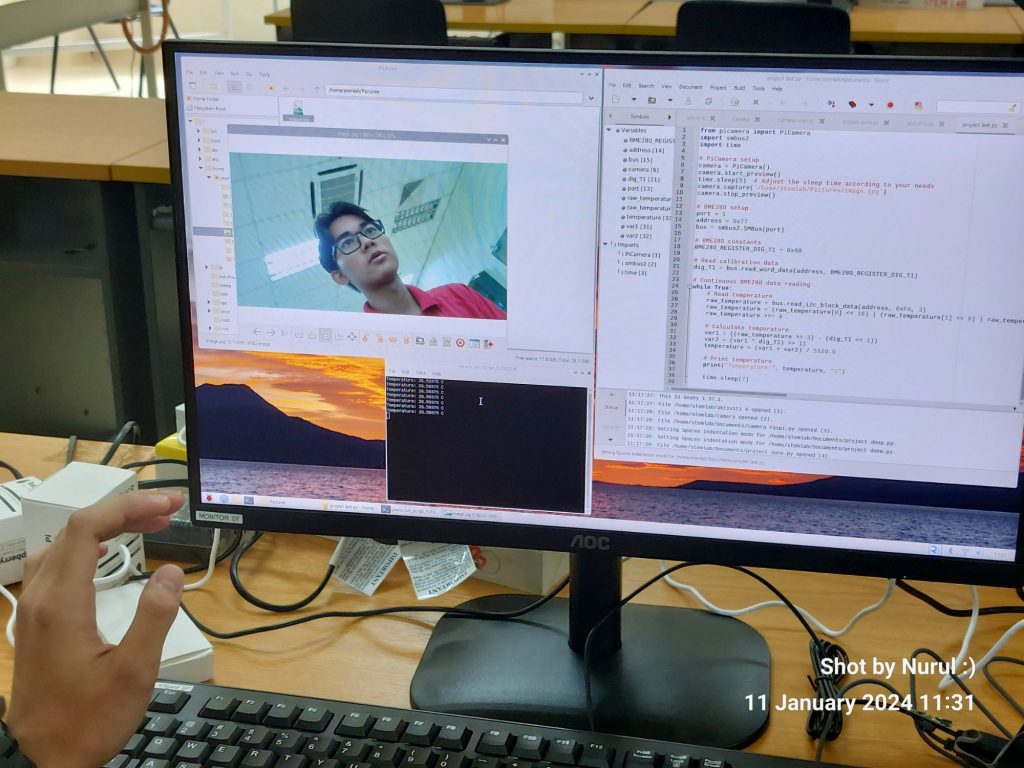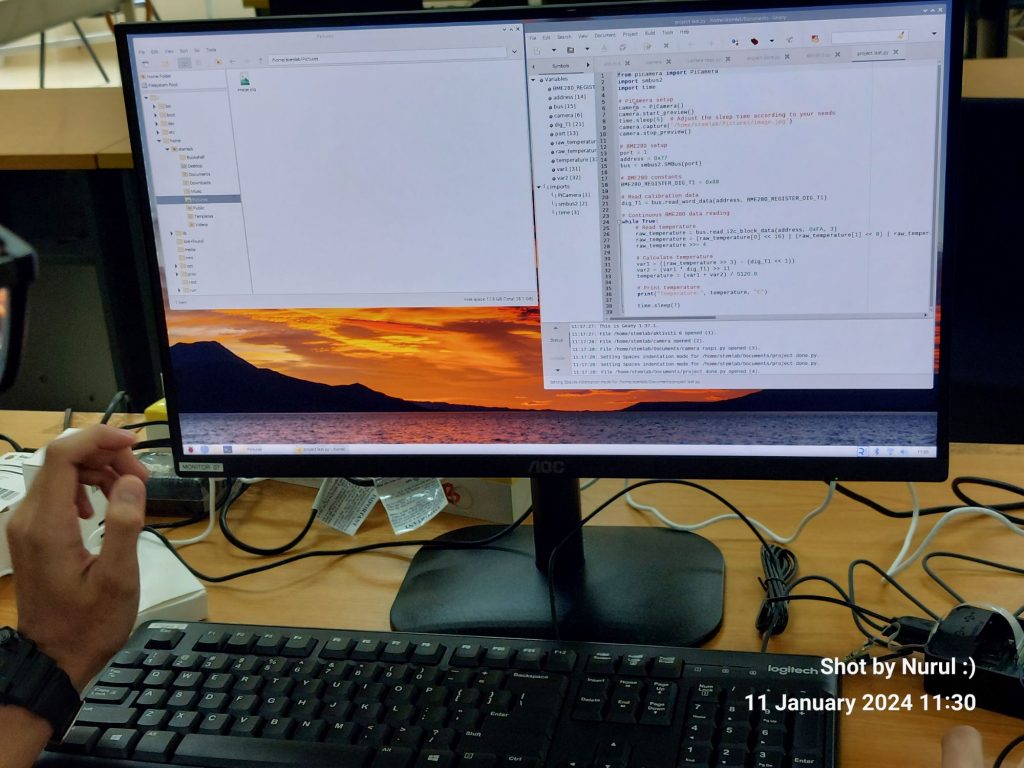Dear DRE-ians,
As the dust settles on the completion and presentation of your Programming and Data Structures Assessment – Project on Raspberry Pi, it is with immense pride and joy that I extend my heartfelt congratulations to each and every one of you. Your journey through the intricate realms of sensors, databases, and visualization has been nothing short of remarkable.
Exploring the Sensor Universe (Phase 1):
You ventured into the Sensor Universe armed with Raspberry Pi boards, and the diverse range of projects you chose showcased your curiosity and determination. From Environmental Monitoring to Precision Agriculture, Raspberry Pi GPS Tracker, Surveillance System, and Photography and Weather Journal – each project demonstrated your ability to connect with sensors and capture real-world data. In doing so, you have laid a strong foundation for practical applications in various engineering domains.
Building the Database Foundation (Phase 2):
Having conquered the world of sensors, you seamlessly transitioned into the realm of databases. Your focus on efficiency and structuring information showcased your dedication to crafting a robust system to store and organize the valuable data you collected. The skills you honed in building databases are invaluable in today’s data-driven world, transcending disciplines and industries.
Crafting Visual Narratives (Phase 3):
Transforming raw data into meaningful insights became a reality as you weaved compelling visual narratives. Line graphs, interactive dashboards, and creative presentations demonstrated your mastery in conveying complex information through captivating visuals. In a world inundated with information, your newfound skill of visualization is a powerful tool that goes beyond coding – you’ve become storytellers.
The Fusion of Programming and Data Structures:
At the core of this journey was the fusion of programming and data structures. You weren’t just coding; you were constructing logical frameworks, understanding algorithms, and applying this knowledge to real-world challenges. The Raspberry Pi served as the canvas for your creative endeavors, and its accessibility and versatility made it the perfect playground for you to explore, experiment, and innovate.
Troubleshootzzz – Embracing Challenges:
To all of you who grappled with resistors, wrangled with wires, and wrestled with hardware intricacies, remember that the journey is just as important as the destination. Each hiccup was an opportunity to grow, and the challenges you faced today will be the stories you tell tomorrow – well, next week during the presentation slot :). Your resilience in the face of setbacks is commendable. Hardware is tough, but so are you.
To recap these were the project titles:
- Environmental Monitoring and Imaging System: An impressive integration of visual and environmental data for STEM exploration.
- Precision Agriculture: Algorithms analyzing environmental data for optimizing crop health showcased your commitment to sustainability.
- Raspberry Pi GPS Tracker: A creative outdoor adventure kit encouraging STEM exploration and documentation.
- Surveillance System: Advanced AI algorithms for object detection and recognition showcased innovation in monitoring environments.
- Photography and Weather Journal: An engaging adventure kit combining photography with environmental conditions, creating a visual weather journal.
As you move forward in your journey in EE Engineering, always remember the lessons learned, challenges overcome, and the joy of creating something meaningful. Your achievements in this project are a testament to your dedication, creativity, and technical prowess. Best wishes on your continued pursuit of excellence, and may your future endeavors in EE Engineering be as rewarding and fulfilling as this project has been.
Keep tinkering, keep exploring, and most importantly, don’t give up. The world of Electrical Engineering awaits, and you are well-equipped to conquer it.
